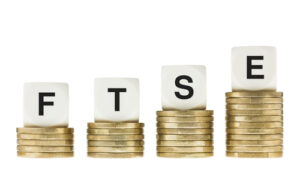The amount of money invested in VCTs has increased sharply over the past decade, increasing by 374% from £154m in the 2008/09 tax year to £731m in 2018/19. VCTs are like investment trusts but only invest in small, young and typically unlisted companies. Although such companies are riskier and statistically more likely to go bust, investing in a VCT comes with a 30% income tax relief from the government and any returns are tax free. The trusts have performed well in recent years — the top 16 VCTs have all at least doubled investors’ money on a net asset value return basis over the last 10 years while 2018 had the second biggest VCT season on record, according to data from the AIC.
Many put the rise in popularity of VCTs down to the cuts to the pension allowances and restrictions on buy-to-let investing which has resulted in VCTs being one of the few tax efficient investment avenues left for wealthier investors. any investment into VCTs should be measured and proportionate to the investor’s overall portfolio, their appetite for risk and ability to tie their money up for the medium to longer term. The tax features on VCTs are attractive — though not as generous as a pension for a higher or additional rate taxpayer — but these exist for a reason. The tax perks are provided by the government to incentivise investors for the risks involved when investing in the types of fledgling enterprises that VCTs are focused on and that the policy makers wish to support.






No comment yet, add your voice below!